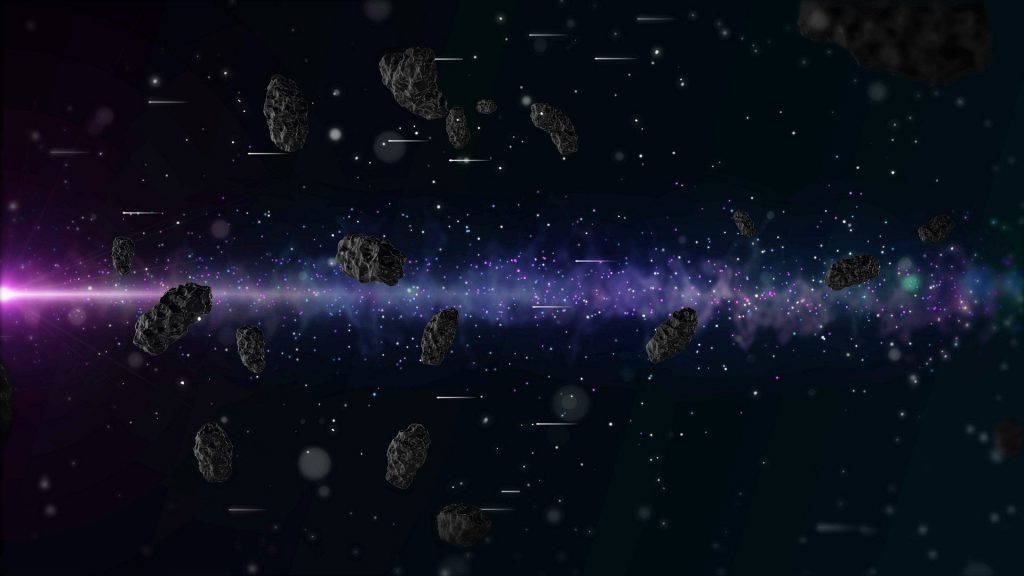When you hear that there’s an object in space that shouldn’t be there, the immediate reaction might be panic. But the objects found in the asteroid belt of our solar system by a team of scientists are no cause for concern. Rather, they might give us very important clues as to how our solar system formed.
Asteroid addiction
Using a combination of visual and near-infrared spectroscopic observation, the scientists, in a paper led by Japan Aerospace Exploration Agency (JAXA) astronomer Sunao Hasegawa, have identified 203 Pompeja and 269 Justitia, two asteroids drifting around between Mars and Jupiter (with Elon Musk’s Tesla Roadster doubtless zipping by every so often). They’re unusual in that they’re red in hue.
Not literally. Well, not totally literally. Most objects in space are wholly inorganic, so they reflect mostly blue light (which makes them super hard to spot, in case you were being too relaxed about a Deep Impact-style event). These two objects reflect red light, which suggests “…the presence of complex organic materials on the surface layer of these asteroids, implying that they could have formed in the vicinity of Neptune and been transplanted to the main belt region during a phase of planetary migration.”
That doesn’t mean these asteroids contain life, though — organic materials in this case could be carbon or methane, which is suggestive of life. But it’s also suggestive of planets, and their formation. And having them so (relatively) close to us is unusual. Red objects in our solar system tend to be situated in the Kuiper belt, which is out by Neptune.
It’s suspected that these objects formed out in the Kuiper belt, along with the rest of it, but somehow moved closer when everything was still settling into place — an idea that supports the Nice model of the solar system’s formation.
The model suggests that, once upon a time, the solar system looked very different but its configuration eventually led to… activity that shuffled the planets around a little. The asteroids 203 Pompeja and 269 Justitia are close enough to let us examine that idea without having to head all the way to the Kuiper belt for some hard evidence. Jeff Bezos is in search of a space mission — maybe he’ll convince Blue Origin to do it.
Source: Engadget




